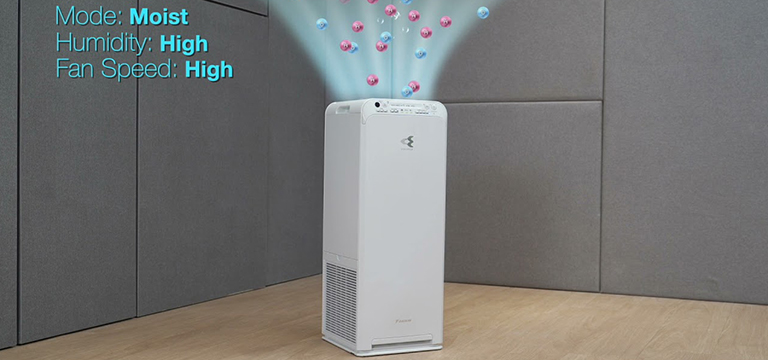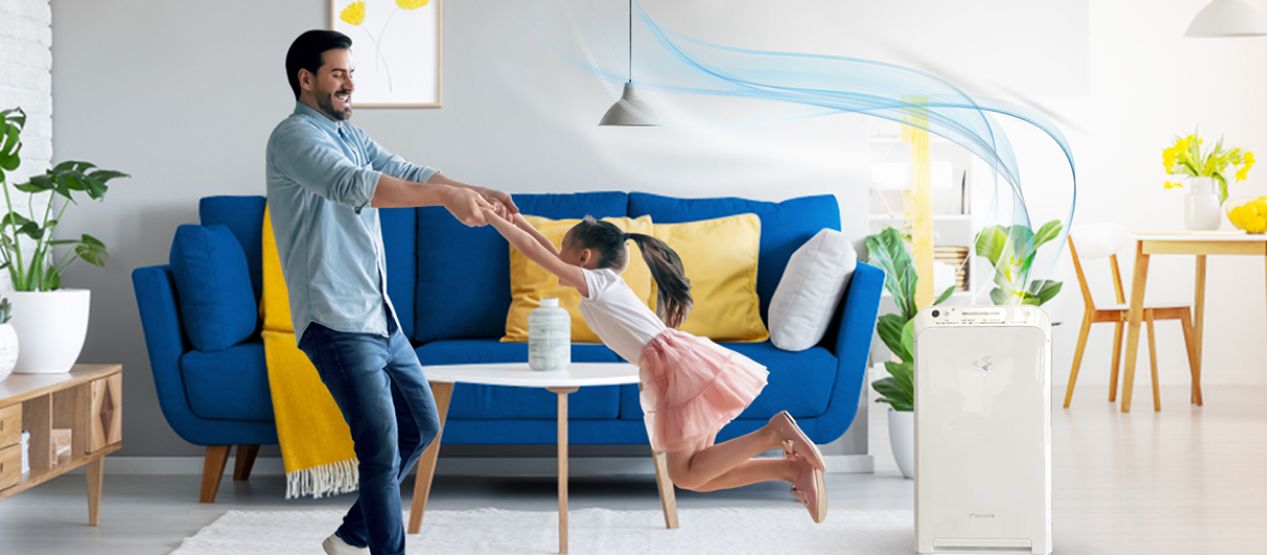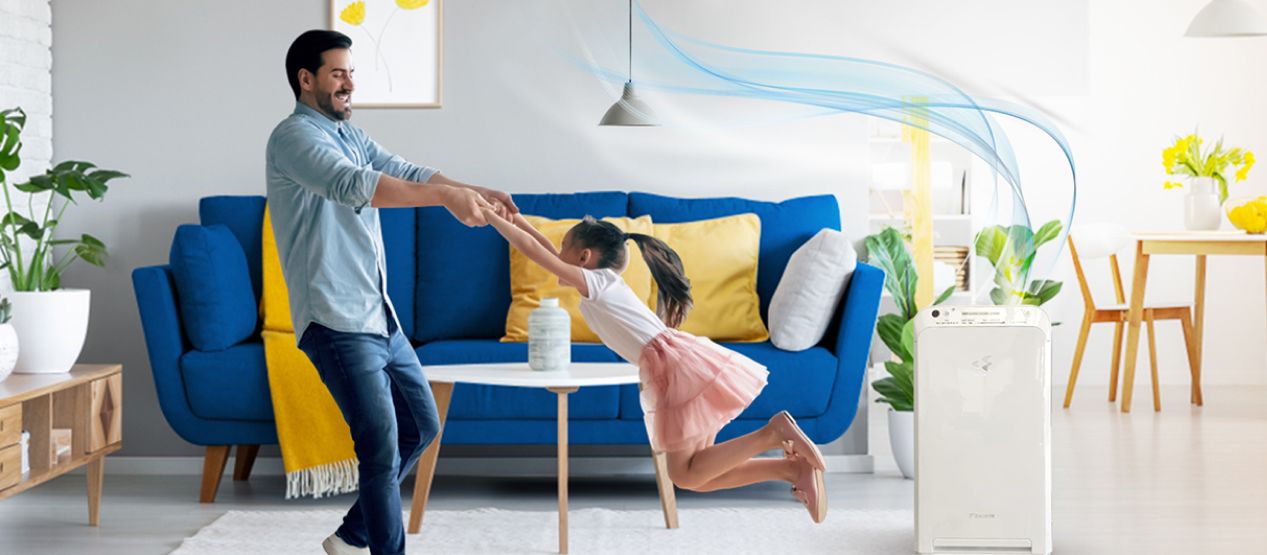Bring in new meaning to your indoor air quality with the Indoor air Purifiers in India indoor air purifier
November 20, 2025 | 08:14 AM

The most common sources of indoor air pollution include asbestos, carbon monoxide emissions from central heating systems and gas stoves, radon, mold, tobacco smoke and volatile organic compounds (VOCs) found in household items like disinfectants, air fresheners, paint, carpeting, adhesives, pesticides and wood preservatives. Protect your indoor air from all these harmful elements by investing in an indoor air purifier. Especially the ones with HEPA filters.
What does HEPA mean and where did it come from?
HEPA, which stands for High Efficiency Particulate Air, is a designation used to describe filters that are able to trap 99.97 percent of particles that are 0.3 microns.
Technologies that complement HEPA style filtration
The best technology to pair with HEPA style filtration in air purifiers really depends on your lifestyle choices and concern. There are many different technologies that are used in air purifiers with HEPA style filtration, such as activated carbon, pre-filters, ultraviolet light, and ionizers.
Pre-Filters
Pros:
- Captures large particles
- May be washable
- Extends life of HEPA filter
Cons:
- Requires maintenance
Activated Carbon
Pros:
- Absorbs odors, gases, and chemicals
- Leaves space smelling fresh
- Removes tobacco smoke and pet odors
Cons:
- Heavy
- Expensive
Ultraviolet Light
Pros:
- Neutralizes microorganisms, like bacteria and viruses
Additionally, it is necessary to understand that indoor air purifiers are not a cure-all. There is very little medical evidence to support that air purifiers directly help improve your health or alleviate allergies and respiratory symptoms. That’s due in part to the fact that it is very difficult to separate the effects of known air-quality pollutants in your home from other environmental and genetic factors. (For instance, how are the furnishings and ventilation in your home affecting you in addition to any indoor pollutants?)
But if you are an allergy or asthma sufferer, an air purifier with a HEPA filter may be helpful for you as it will be good at removing fine airborne particles.









